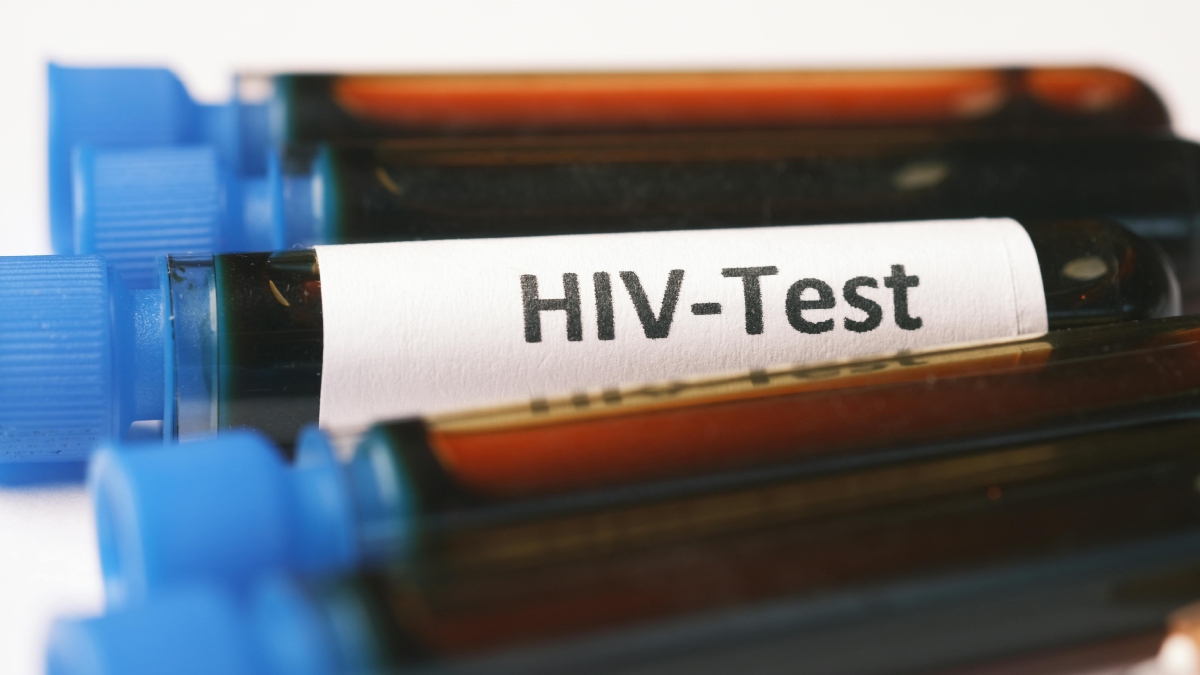The Philippines recorded an average of 47 new HIV cases daily in the last quarter of 2024, according to the Department of Health (DOH), underscoring the ongoing challenge of curbing the spread of the virus despite intensified prevention and treatment efforts.
In an ABS-CBN News report, DOH Assistant Secretary Albert Domingo reported that from October to December 2024, new infections dropped slightly from the previous quarter’s 50 daily cases. However, the figures remain concerning, with the majority of cases affecting individuals aged 25 to 34.
Over the years, the mode of transmission has shifted. While heterosexual intercourse was the leading cause of infection from 1984 to 2006, men who have sex with men (MSM) have accounted for most cases since 2008.
As of late 2024, an estimated 215,000 Filipinos are living with HIV, but only 135,036 (63%) have been diagnosed. Of those diagnosed, 90,854 (67%) are receiving antiretroviral therapy (ART), and just 46% of them have undergone viral load testing, with 88% achieving viral suppression—still far from the UNAIDS 95-95-95 target.
Health officials warn that risky behavior, exacerbated by social media and dating apps, continues to fuel the rise in infections.
“Dahil sa social media, mas madali nang makakuha sila ng mga sexual partners. Isang pindot mo lang, pwede kang makakuha ng mga partner mo lalo’t merong mga application pa na tinatawag for specific groups like MSM,” said Philippine National AIDS Council (PNAC) executive director Dr. Jojo Feliciano.
To address the growing concern, the government is reinforcing its prevention programs through Republic Act 11166. Educational institutions, workplaces, and government agencies are required to integrate HIV awareness into their programs. The availability of condoms and pre-exposure prophylaxis (PrEP) has also been expanded.
However, funding constraints pose a challenge. Foreign aid for HIV programs has significantly decreased, with USAID freezing its financial support. The DOH has allocated P6.2 billion of the P7.74 billion needed for HIV programs in 2025, with only P830 million coming from external sources.
Despite these challenges, Domingo assured that the government is exploring ways to sustain its HIV response, including the possibility of integrating HIV-related services into PhilHealth’s primary care package.
“Pre-exposure prophylaxis, malay natin inaaral na baka pwedeng isama yun dun sa Konsulta package. Also yung ating screening and testing,” he said.






